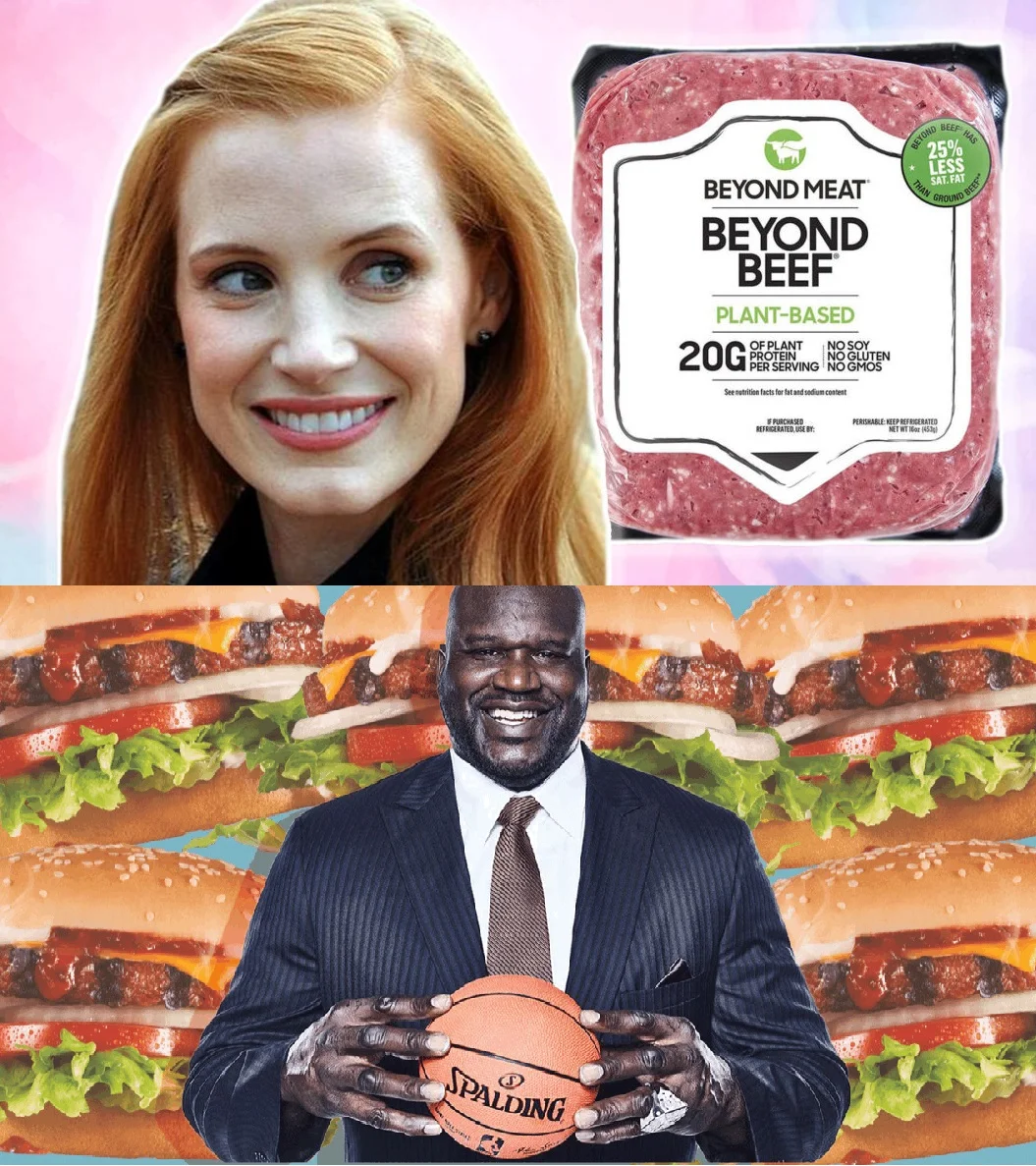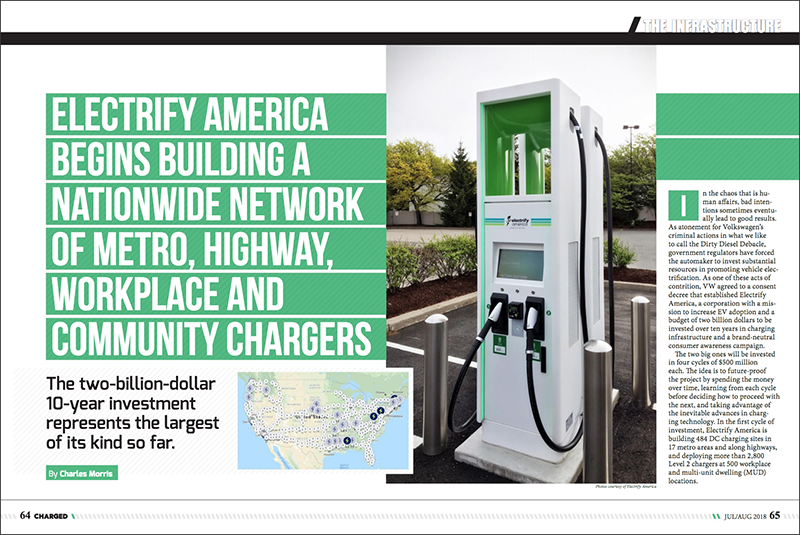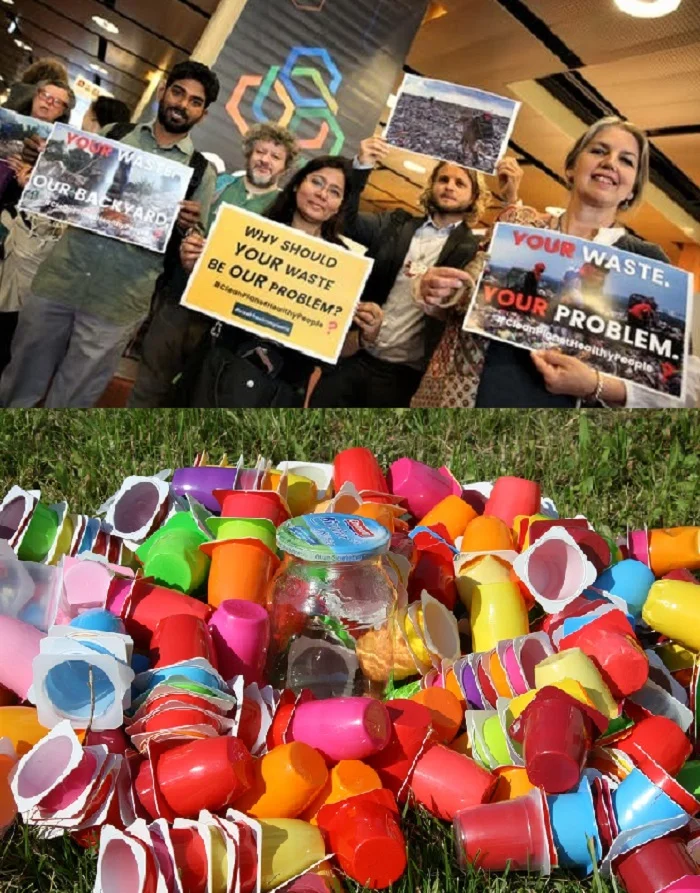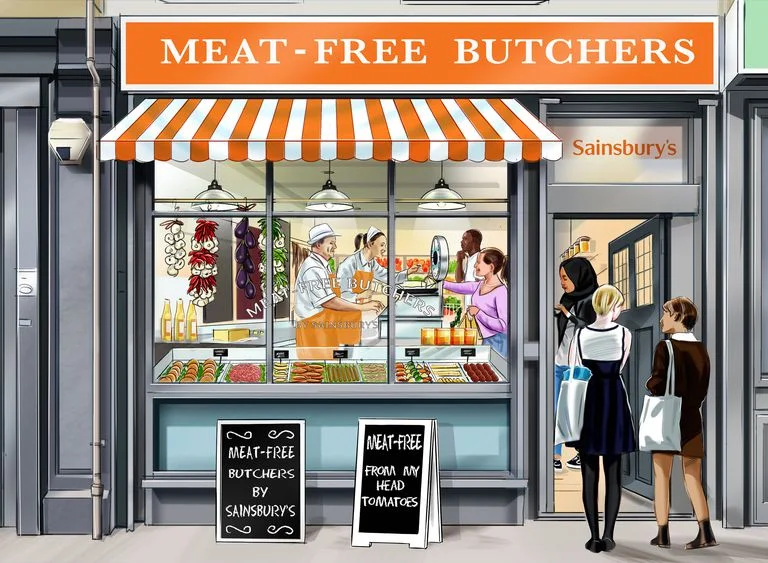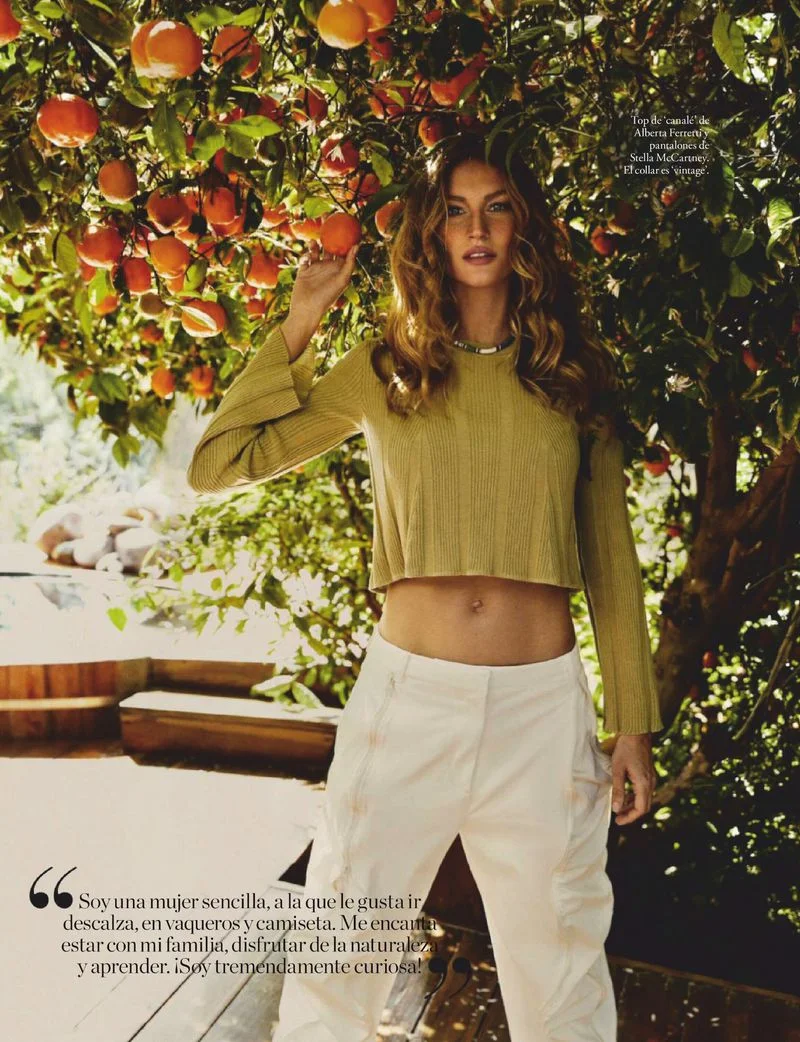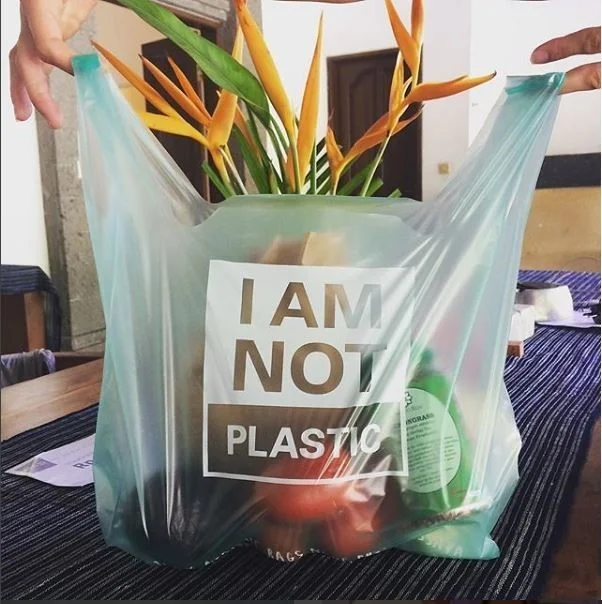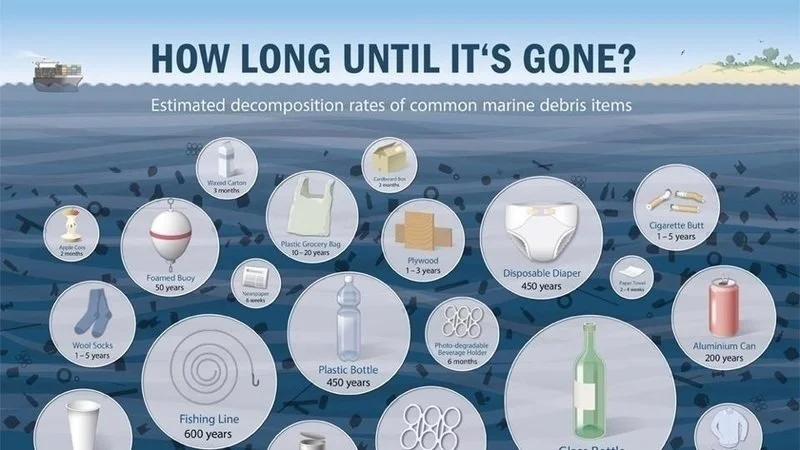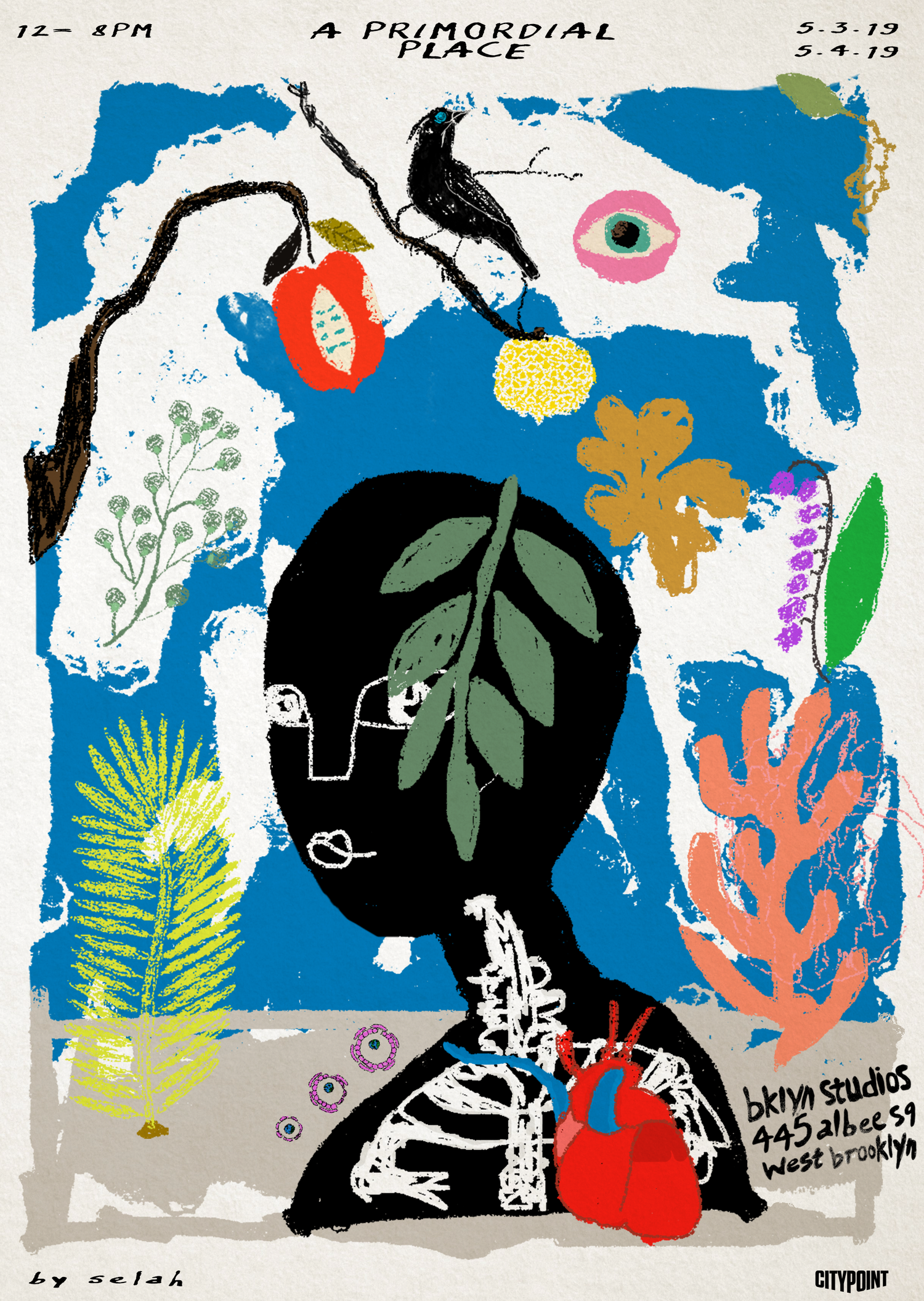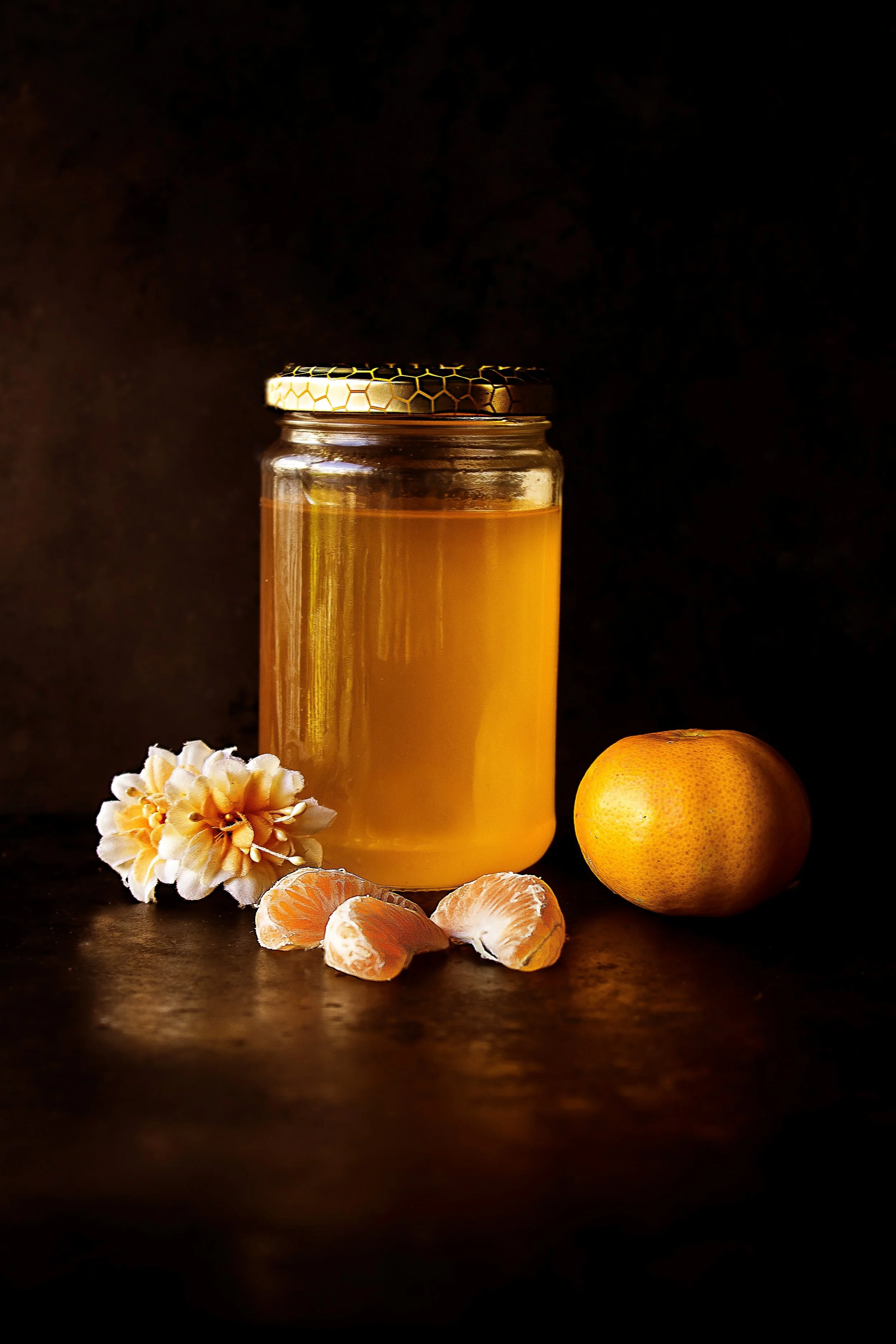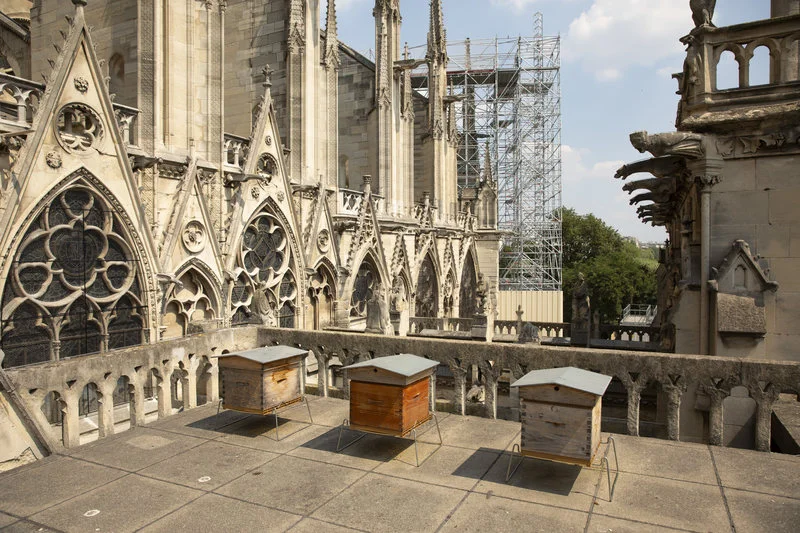All-You-Can-Eat Food Packaging Could Soon Be On The Menu
By Sylvain Charlebois, Professor in Food Distribution and Policy, Dalhousie University. First published on The Conversation.
Within a year, single-use plastics and excess packaging have become Public Enemy No. 1.
A recent Greenpeace-led audit looked at the companies behind the waste lining Canadian waterways. Much of the plastic trash cleaned up from Canadian shorelines this fall was traceable to five companies: Nestlé, Tim Hortons, PepsiCo, the Coca-Cola Company and McDonald’s. All these companies are part of the food industry, which is hardly surprising.
With consumers looking for convenience and portable food solutions, this problem will not go away anytime soon. In fact, it could get worse if nothing is done.
Compostable containers
In the food industry, conversations about green supply chains focus on compostable and even edible solutions. Plenty of technologies exist.
On the compostable front, we have come a long way in just a few years. In 2010, PepsiCo Canada came out with the first compostable chip bag for SunChips. This new package was meant to completely break down into compost in a hot, active compost pile in approximately 14 weeks. Some tests concluded that it did not.





